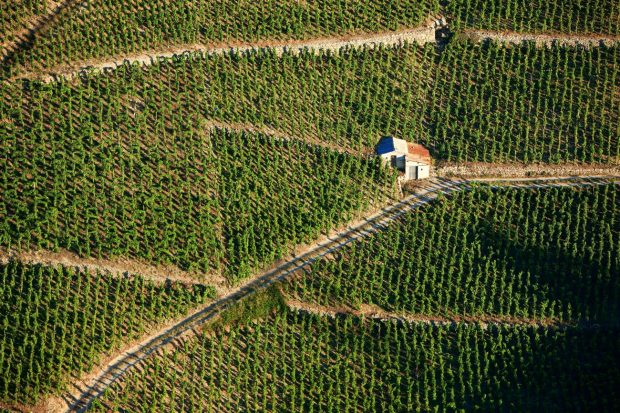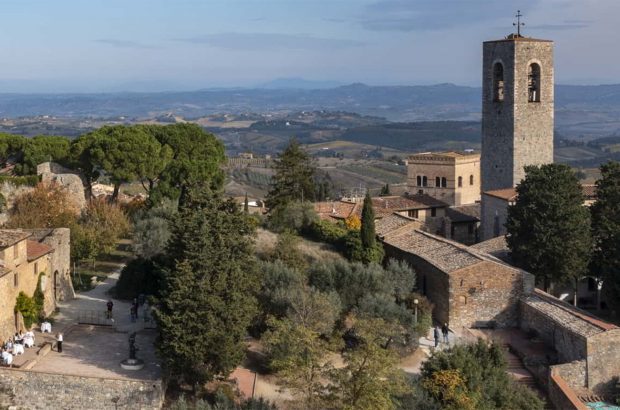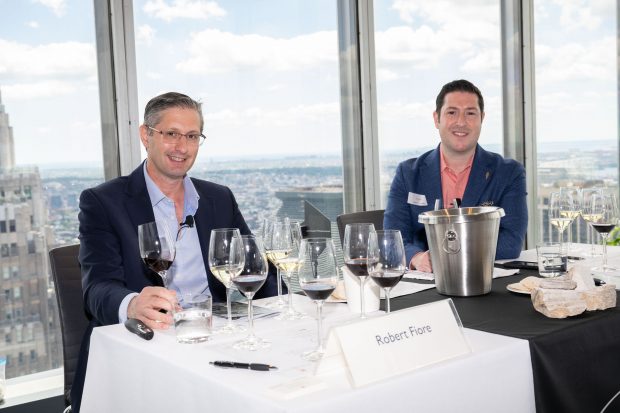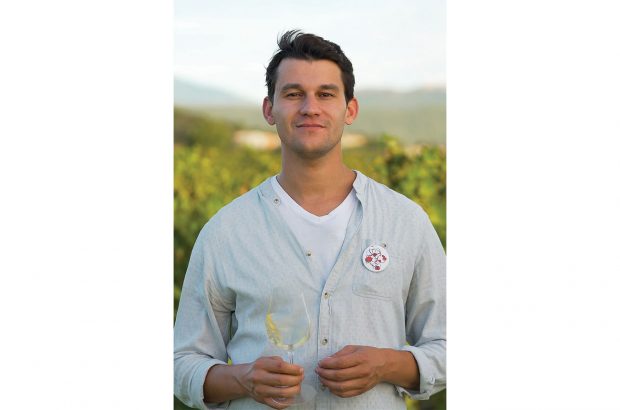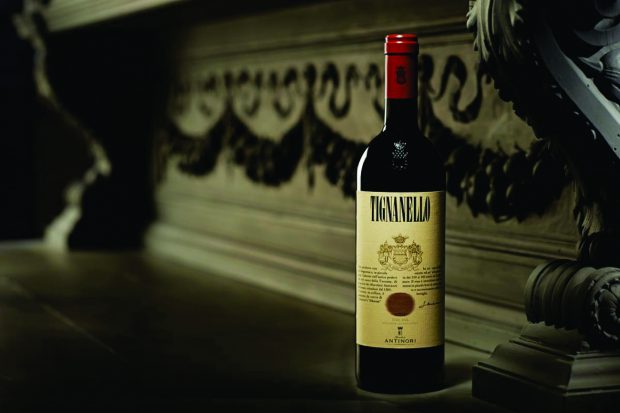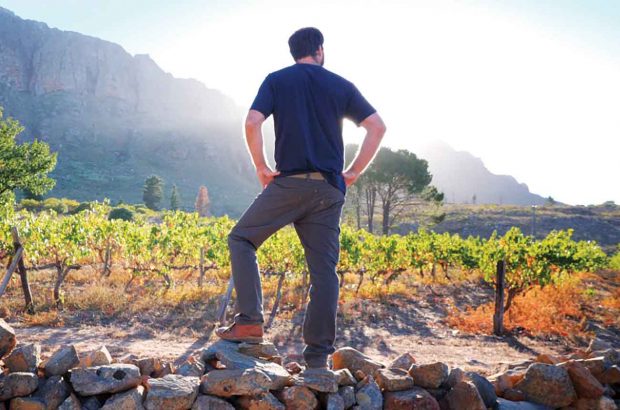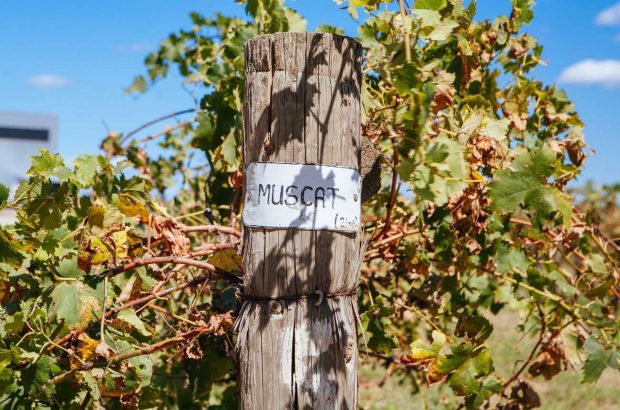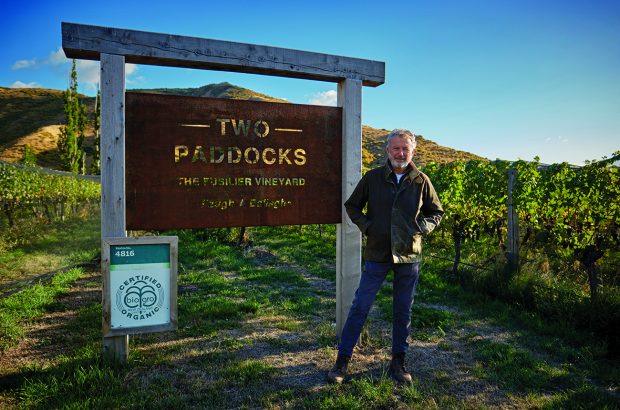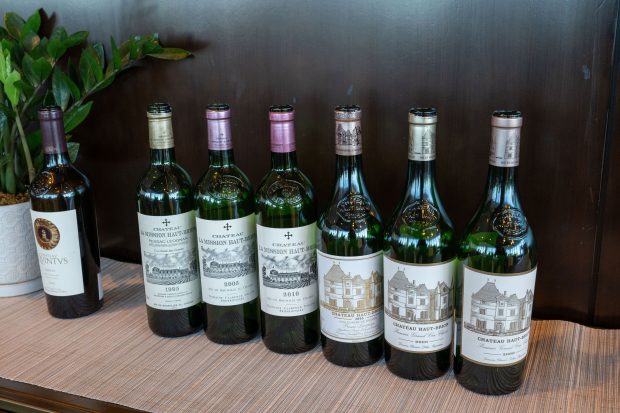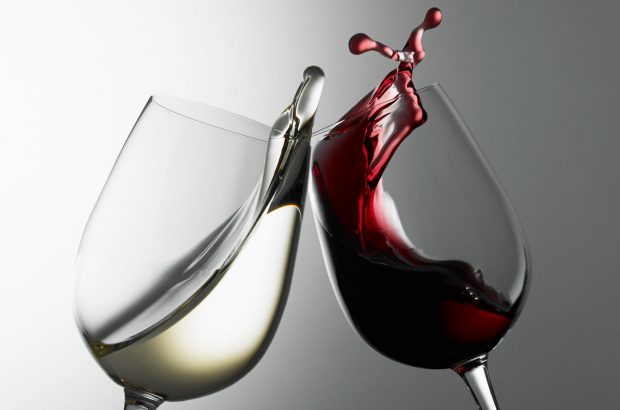‘We’re about to celebrate 150 years of continuous family ownership.’ says Wendy Killeen of Stanton & Killeen, a lauded Rutherglen producer spanning seven generations. ‘We’re one of three continuous historical family operations in the region.’
It’s a mild summer’s day in northeast Victoria, and the region’s putting on a superb showing of crisp blue skies and slow bucolic charm reminiscent of a bygone era.
In fact, walking into most Rutherglen barrel rooms brings the eerie, all-consuming feeling that you’ve stepped back in time. Dust dances in the dim, dappled light filtering down from the old, low tin-shed roofs.
Rows of elderly oak barrels sit stoic, proud and dutiful. They exude the haunting presence that can only come from having weathered world wars, livelihood-draining drought, the great depression and devastating floods, to name a few.
In these cellars, the digital age feels like a distant, whimsical dream you suddenly can’t recall. Or perhaps you don’t want to, for risk of cooling the warm nostalgia. All of this raises a niggling question, however – has much changed over 170-odd years of Rutherglen wine?
Scroll down to see tasting notes and scores for 18 wines from Rutherglen
Going for gold
The Victorian gold rush brought an avalanche of wealth to the Australian economy in the 1850s and 1860s. And when prospectors struck gold at a site in northeast Victoria in September 1860, the town that became Rutherglen was set up almost overnight.
A frenzied mass of wealth-hunting workers descended on the area and, only one month later, there were 40 stores and dozens of makeshift pubs sprawled across the goldfields.
One man, however, had previously discovered a different type of gold; one that was hidden in plain sight – the mineral rich red loam over clay.
Lindsay Brown planted Rutherglen’s first 1.6ha of vines in 1851; thus he is referred to as the father of the Rutherglen wine industry.
He’s credited with the enduring quote: ‘Dig gentleman dig, but no deeper than six inches, for there is more gold to be won from the top six inches than from all of the depths below.’
Land and climate
The traditional home of the Yorta Yorta people, Rutherglen is located 296 kilometres northeast of Melbourne, Victoria. The region is 998 km2 with a total of 781 hectares under vine and around 20 wineries.
Being in Victoria’s far northeast, Australia’s longest river, the Murray River, forms the border to New South Wales and to the region itself.
Rutherglen boasts a continental climate with warm, sunny days, and cool nights thanks to airflow from the nearby Victorian Alps. All of this makes for long, dry growing seasons resulting in wines of intensity, richness, and concentration.
This is quintessential Australian farmland; arid and sprawling, dusty and uncompromising. A vast, dry expanse of paddock and gum. Yet, punctuating this harsh terrain is lush green vineyard oases responsible for some of the most unique wines in the world.
‘Rutherglen’s unique selling point is our world-class fortified wines,’ says winemaker Jen Pfeiffer of Pfeiffer Wines. ‘Specifically, Rutherglen Topaque and Rutherglen Muscat. These wines are not only unique to Australia, but they are unique to Rutherglen, and attract attention on a world stage.’

Vineyards at Pfeiffer Wines
Rutherglen fortified style guide
Muscat
Grape variety: Muscat à Petits Grains Rouge
Typical aromas: orange blossom, espresso, Turkish Delight, nuts, toffee, dark chocolate, Christmas spice, rose hip, raisins
Typical flavours: Raisin, dried fig, roasted nuts, Christmas spice, toffee, salted caramel, dark chocolate, molasses
Sweetness: high
Alcohol: usually around 18%
Classification system: Rutherglen Muscat is classified using a tiered system that indicates the wine’s level of complexity. In order of lowest to highest, the tiers are Rutherglen Muscat, Classic Rutherglen Muscat, Grand Rutherglen Muscat and Rare Rutherglen Muscat. Each classification increases progressively in terms of richness, complexity, age, and intensity.
Topaque
Classification system: Topaque uses the same classification system as Muscat, using the classifications of Rutherglen Topaque, Classic Rutherglen Topaque, Grand Rutherglen Topaque and Rare Rutherglen Topaque.
Wine styles
The three main types of fortified wines coming out of Rutherglen are Muscat, Topaque and ‘port’ (see above). While the latter is undoubtedly world class, it’s the former two that the region is most famous for, and in that order. A mix of large and small format barrels hold these sleeping giants, with some of the material dating back to before the First World War.
Winemakers use these barrels as solera systems, blending older material with younger to create rich and often profoundly complex fortified wines. The grapes need to be very ripe for the production of these wines, making Rutherglen’s warm and sunny climate a perfect fit.
The highest quality examples are developed in barrels over generations, and many 40-something-year-old winemakers are still pouring their ‘Dad’s wine’ and referring to themselves as ‘custodians’.
When it comes to table wines, old-vine Durif and Shiraz lead the charge, having garnered a reputation for balancing power and elegance, making them primed for the cellar. Durif is the most unique table wine offering, however, and is somewhat synonymous with Rutherglen.
These wines are typically deep inky purple-red in colour, full-bodied, and packed with dark fruit, spice and leather notes.
Sometimes referred to as ‘Shiraz on steroids’, certain iterations are not for the faint of heart. ‘Durif drinkers drink with their eyes,’ says Pfeiffer, a glint in her own pupil. ‘They see that dark, inky colour and they know exactly what’s coming!’

Shiraz grapes in a Rutherglen vineyard Credit: Elizabeth Czitronyi / Alamy Stock Photo
Cabernet Sauvignon also features prominently in the region, with various other red grapes to a lesser extent. Rich and textural whites are plentiful, with extensive plantings of Marsanne, Viognier, Roussanne and Chardonnay. Table wines are important for the sustainability of the region, not only in terms of broadening appeal, but in preserving its legacy.
‘We exist in a ‘table wine world’ these days,’ says Pfeiffer. ‘So strength in our table wines helps us in our pursuit of making (and funding) our grand old fortified wines. While we produce big bold reds such as Durif, and fuller, textural styles of Marsanne, many table wines are being made with a light touch as well, such as the Pfeiffer Gamay, which is 100% carbonic maceration.’
Past and future
Rutherglen’s popularity has waxed and waned over time, leading to a need for evolution while balancing respect for history and tradition. ‘Rutherglen was once 100% fortified in its production and all sent to the Mother Country via horse and cart, train and ship,’ says winemaker Nick Brown.
Along with his two sisters, Nick owns and runs three Rutherglen wineries: All Saints Estate, St Leonards and Mount Ophir Estate. ‘Fortified production is far less these days, yet no less important, but we are showing through new varietal plantings and technology that we are progressive and energetic.’
This is incontrovertibly true. Sustainable Winegrowing Australia (SWA) is the country’s national programme for grape growers and winemakers committed to making sustainable wine. It involves comprehensive training, the implementation of specific processes and a willingness to change; not to mention the rigorous audits.
It’s abundantly clear that a commitment to the future is rife within this small-but-determined collective of collaborative wineries. In fact, Rutherglen has positioned itself as a leader in sustainable winegrowing. ‘Winemakers of Rutherglen’ is a membership association with 16 members,’ says Killeen. ‘Of the members, there are 13 SWA certified wineries which is 80% of membership. The hope is we will be 100% SWA certified in the coming months.’
Has much changed over 170-odd years of Rutherglen wine? It’s a firm ‘yes’, and it’s not stopping any time soon. ‘Innovation by our community members will take Rutherglen to another level,’ notes Killeen. Equally, however, nothing has been fixed that wasn’t broken, and nestled in those old, dimly lit barrel rooms, Rutherglen’s historical fortified wines remain perfectly the same.
Eight Rutherglen names to know

All Saints Estate
All Saints Estate
All Saints was established in 1864 and is now owned by fourth generation siblings, Eliza, Angela and Nick Brown. They have some brilliant old-vine plantings, such as Shiraz planted in 1920, Muscat planted in 1930, Cabernet Sauvignon planted in 1950 and Marsanne planted in 1958. Known for producing both high-quality fortified and still wines, the winery is a striking and regal heritage listed redbrick castle, with a stunning cellar door and an acclaimed restaurant.
Campbells
A name synonymous with Rutherglen, Campbells produces an array of quality bottles spanning red, white, rose, sparkling and, of course, fortified wines. Currently owned by fifth generation sisters Jane and Julie Campbell, the winery’s famed cuvées include Bobbie Burns Shiraz and The Merchant Prince Rare Rutherglen Muscat. Known for its consistency of quality, Campbells puts the diversity of Rutherglen wines on display.
Chambers Rosewood Vineyards

Checking barrels in the cellar at Chambers Rosewood Vineyards
An historic, family-owned producer established in 1858. Over generations, Chambers has garnered a reputation for producing some of the most complex fortified wines of the region. It also makes a range of still wines, including the rarely seen Gouais Blanc variety, made from 100-year-old vines, and Blue Imperial (a Rutherglen synonym for Cinsault).
Jones Winery & Vineyard

Credit: Danita Delimont / Alamy Stock Photo
Established in 1860, Jones is a family-owned producer of six generations. Siblings Mandy Jones and Arthur Jones are at the helm, with Mandy in charge of winemaking; she has a reputation for a deft hand with specialties of Durif, Shiraz and Muscat. While Mandy worked in Bordeaux for 14 years, she was also a student at Le Cordon Bleu. Needless to say, the winery restaurant is highly regarded.
Morris of Rutherglen

This stalwart producer was established in 1859 and by 1885, a mere 26 years later, it had grown to over 80ha making them the biggest producer in the southern hemisphere. Since that time, Morris has continuously commanded the attention of the wine world with. Fourth generation winemaker, Charles Henry (Mick) Morris is considered a pioneer of Durif production in the region. His grandson, sixth-generation Madden Morris, is now chief winemaker.
Pfeiffer Wines

Jen Pfieffer
There’s a loveable quirk and energy about winemaker Jen Pfeiffer which permeates the business. The wines, however, are totally serious in terms of quality and expressiveness. Beside its wonderfully complex and beguiling fortified wines, Pfeiffer lays claim to a 3ha plot of Pinot Noir vines, with clonal lineage that goes back to pre-phylloxera Clos de Vougeot. There’s also old-vine Gamay, which yields a bright and pure expression. The relatively cool Sunday Creek vineyard makes for surprisingly bright, tensile and fresh Rutherglen table wines.
Scion Wine

A modern and progressive Rutherglen producer breathing new life into the region. Wine styles are bright and vivacious, including various takes on Durif presented in fresh and new-school iterations. Sustainability permeates every move at Scion; it’s hard not to like the wines and wine labels (see below). Winemaker Rowly Milhinch is self-taught, though with a history of winemaking in his heritage, being a descendant of George Francis Morris, founder of Morris of Rutherglen (see above).
Stanton & Killeen

A pioneering family-owned winery whose first vintage was in 1875. Stanton & Killeen is run by mother and daughter duo, Wendy and Natasha Killeen, who are sustainably and environmentally minded. Stanton & Killeen is best known for its high-quality, supremely ageworthy Portuguese-styled vintage ports, as well as its excellent Muscat and Topaque offerings. However, it also produces excellent table wines and has actively explored championed Portuguese table wines in its portfolio.
Rutherglen at a glance




